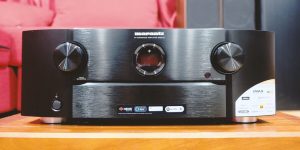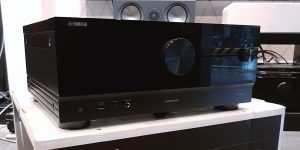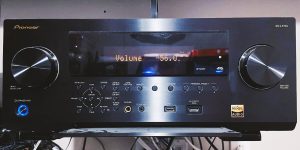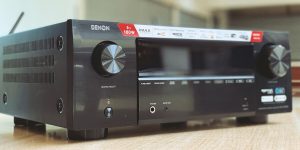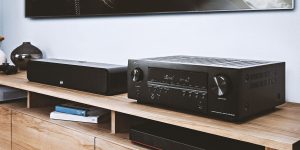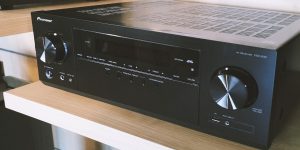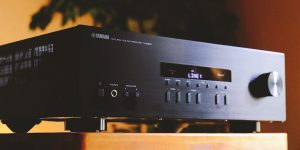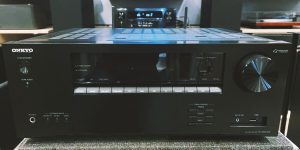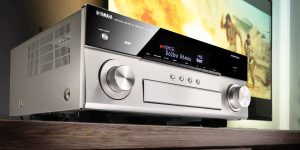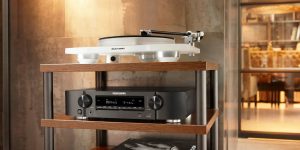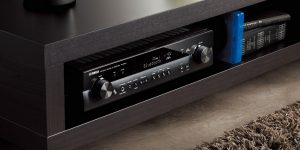Apparently, you have encountered a case when your audio equipment doesn’t have a dedicated subwoofer output, right? Well, from this article, you will learn how to connect a subwoofer to the receiver without subwoofer output, so you can exhale and start reading.
Yes, it happens quite often. Not all receivers have a special subwoofer output. And a sub, in turn, is an essential element for achieving a full and immersive sound. So first, let’s briefly run through the types of subwoofers, and then we’ll move on to alternative connection methods, of which there are several.
Subwoofers two types
There is a slight difference in how both types of subs are organized, so it’s worth taking a closer look at them because there are nuances in the connection. Which one to use is purely your choice.
Active subwoofer
This is a powerful sub with a built-in amplifier. It can also often be found under the name “powered subwoofer”. It is right out of the box, ready to use, and does not require a connection to an amplifier. Representatives of this type are heavy and bulky but are very popular because of their ease of use.
Passive subwoofer
These subwoofers, as you have already realized, require an external amplifier. They are lightweight, compact, and easy to drive, but you must find one compatible with the rest of the system.
Connecting a subwoofer to a receiver without a sub output
So, your receiver doesn’t have a dedicated subwoofer output. Well, there are at least four common ways to take advantage of a subwoofer, even under these circumstances:
Speaker-level outputs for subwoofer integration
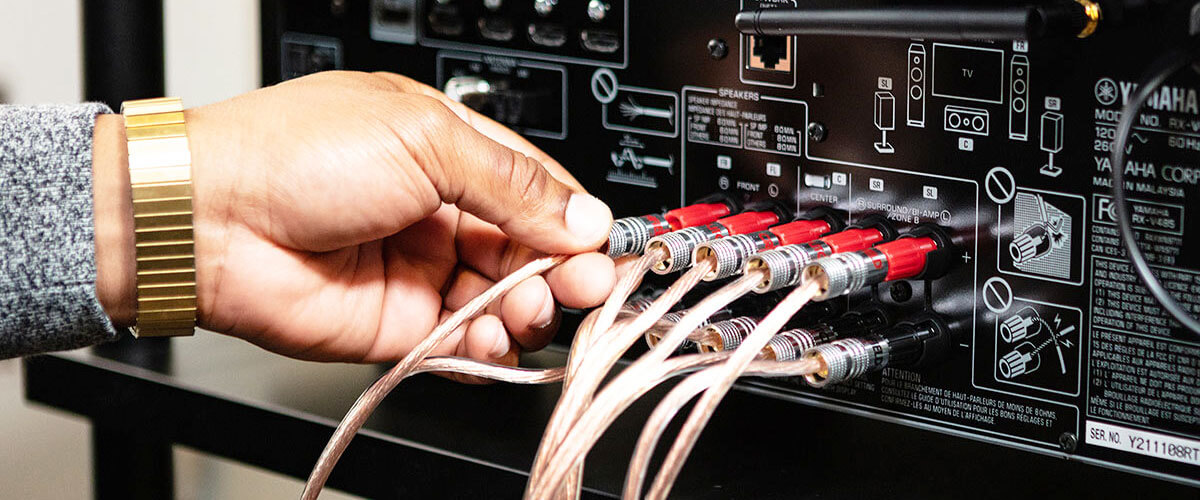
One of the easiest ways to connect a subwoofer to a receiver is to use the receiver’s speaker-level outputs. The subwoofer is connected to the same terminals as the main speakers. The receiver sends the full audio signal to the main speakers, and the subwoofer filters out the low frequencies for deep bass.
Another way to connect a subwoofer to a receiver that does not have a subwoofer output is to use the spring clips on the rear panel (speaker-level outputs and inputs). This connection method is suitable when your sub has only one spring clip.
In the case of a passive sub, it needs to be powered by another amplifier to get enough power to operate like an active sub.
Connection via a stereo RCA cable
Another option for hooking up a subwoofer is to use a stereo RCA cable to connect the subwoofer to the receiver. In this case, the RCA cable is connected from the receiver’s stereo output to the subwoofer’s input, where the left and right channels are usually combined. The stereo output (preamplifier output) has terminals for connecting the speakers. Of course, this method requires the subwoofer’s line-in and line-out connectors to be compatible with the RCA cable. Simply connect the outside wires to them. By the way, this connection method is well-suited for powerful subwoofers.
Connectivity through a Y-Adapter
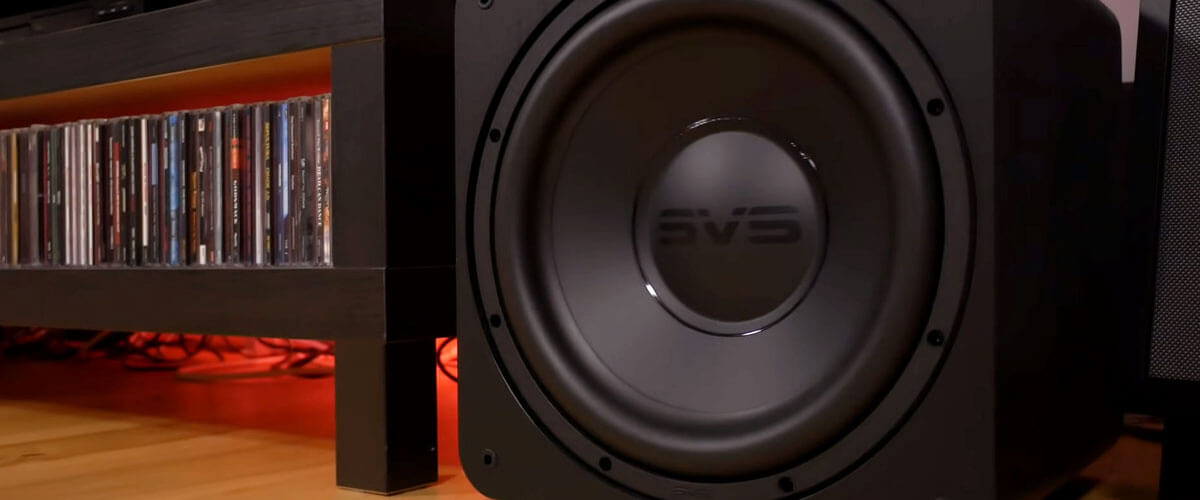
In case your receiver doesn’t have left, and right jacks, a Y-adapter can help you. This simple device allows you to split one RCA output into two, connecting both main speakers and a subwoofer to one output of your receiver. This method is suitable for receivers with limited outputs and can be an effective solution when using passive subwoofers.
Pre-outs for subwoofer connection
Some receivers are equipped with pre-outputs that are designed to connect external amplifiers. If your receiver is equipped with pre-outputs, you can easily connect a subwoofer using an RCA cable from the pre-output to the subwoofer input.
Conclusion:
Regardless of the method you choose, you’ll be able to enjoy the powerful and deep bass that a subwoofer brings to your audio system, even if your receiver doesn’t have a dedicated subwoofer output. And as you can see, even in unusual circumstances, you can always find a way out. Now, knowing the connection options I’ve described, you’ll be able to get the most out of your audio system and thereby improve the quality of your listening experience. Enjoy!
We are supported by our audience. When you purchase through links on our site, we may earn an affiliate commission at no extra cost to you.
Our newsletter
* We will never send you spam or share your email with third parties

